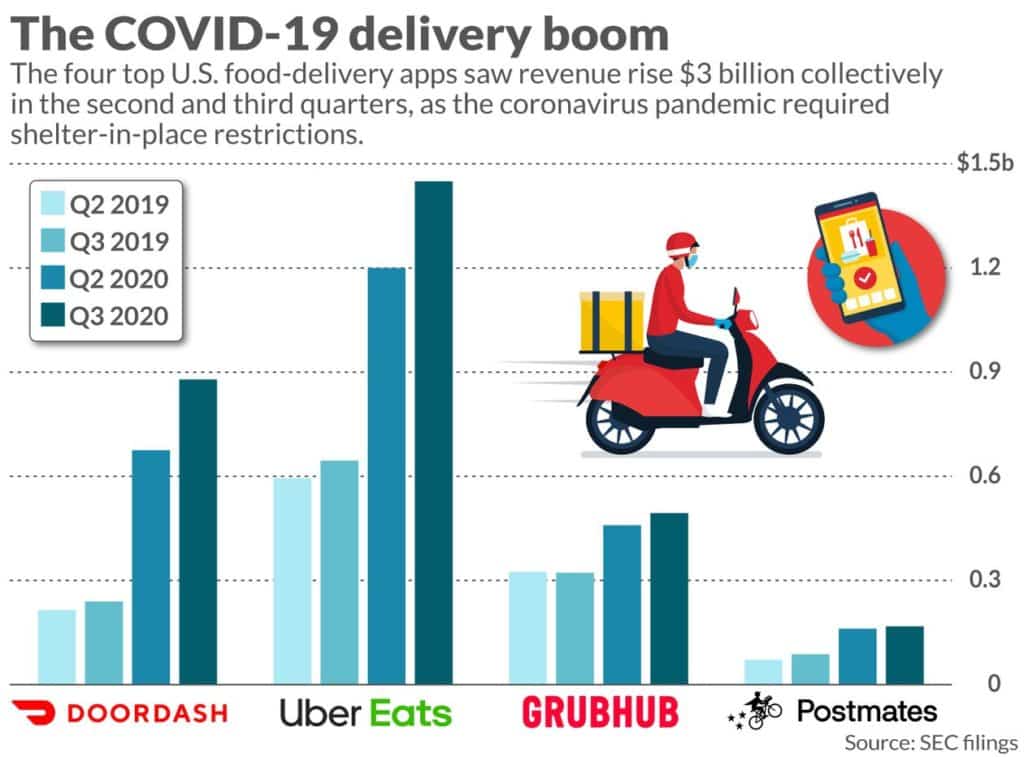Recent years have seen significant growth in traditional retail moving to shopping online, while many direct-to-consumer (D2C) brands have sprouted up as pop-ups in the physical realm. Is this melding of online and offline the future of retail overall?
Greg Sterling, long-time local search analyst and VP of Market Insights at Uberall thinks so. Keith O’Reilly, co-founder and Chief Product Officer at Optily, and I delved into some really interesting topics on last week’s episode of Optily Radio with Greg, including:
- AR technology for retail
- Curbside pickup service and real-time inventory management
- Ways to make shopping easier for your customers

Here’s a teaser from the show and links for you to check out the full episode and subscribe (we’ve got some more great guests slated in the coming months, so you want to stay on top of all the great stuff to come!).
Watch
Listen
And if you want to get a bit of a taster on a few of the topics that came up, here is a bit more detail on some of what we discussed.
Who are Greg and Keith?
Before we dive into what we chatted about on the show, let’s meet these two experts.
Greg Sterling has been working in search, particularly local search marketing for over 2 decades. He’s recently finished up his 14-year tenure as a Contributing Editor at Search Engine Land. Currently, Greg is working on developing content and exposing trends for online to offline marketers and small to medium-sized businesses as VP of Market Insights at Uberall. You can follow Greg on Twitter with the handle @gsterling and stay on top of all things relating to local search trends.
Keith O’Reilly is an award-winning product innovator and has over 20 years of experience in product development in advertising across online, offline, in-store, and social media. He’s also the co-founder and Chief Product Officer here at Optily.
“The asteroid that hit small businesses”
The little guys have been getting told for years that they need to move online–both for ads and for fulfillment. Many were hesitant and slow to get with the program. Coronavirus changed all that really quickly.
Greg’s article from last year likened the pandemic to an asteroid that has forced SMBs into a struggle for survival. This Darwinian fight to keep their doors open hit the restaurant industry especially hard.
Rather than run their own native solutions, many restaurants leaned heavily on food delivery services, while retailers were able to quickly spin up online shops through Etsy or Amazon. However helpful and user-friendly these platforms are, it’s becoming clear that the huge margins they’re taking are putting an even greater strain on an already beaten-down industry.

Source: MarketWatch
Now that we’re slowly seeing a return to normalcy, the huge demand will likely dissipate for a time as we rejoin the physical world of eating out, going to theaters, and browsing the racks. However, the melding of the online and offline experience looks like it’s here to stay.
AR solutions for avoiding returns
With eCommerce, there’s a significant lack in the 5-sense experience that was once commonplace. Sure you can order 4 pairs of pants, try them on, and return the 2 you don’t like. But how about a sofa?
Reviews can only get you so far. With AR technology, you won’t be able to see how cushy it feels, but you will be able to visualize it in your space. Lots of furniture companies are already using this tech to help potential buyers virtually place new rugs, bookshelves, or dinner tables in their homes. This allows for color and size issues to be less of a factor, reducing the expense (and carbon footprint) of returns.
Make shopping online easy
Ultimately, a successful store, whether primarily online or offline, needs to make it easy for its shoppers to shop. All of this is going to revolve around who the target customer is, but the general trend is to have options. If someone wants to go in and browse, not having any physical presence is going to be a detriment. Even a small pop-up stand in a supermarket could work–depending on what the product is.
Other customers might not want to deal with shipping, but want to browse online. Having curbside pickup or real-time inventory information online will allow more people to easily shop.
Companies like Target, which are traditionally seen as places you go in-person, have seen a huge rise in eCommerce, overwhelmingly through curbside pickup. In Target’s case, their stores essentially served as warehouses for direct distribution.
For the whole conversation with Greg and Keith, make sure to check out the episode. Leave your thoughts on our social media channels and leave your review on Apple Podcasts.










